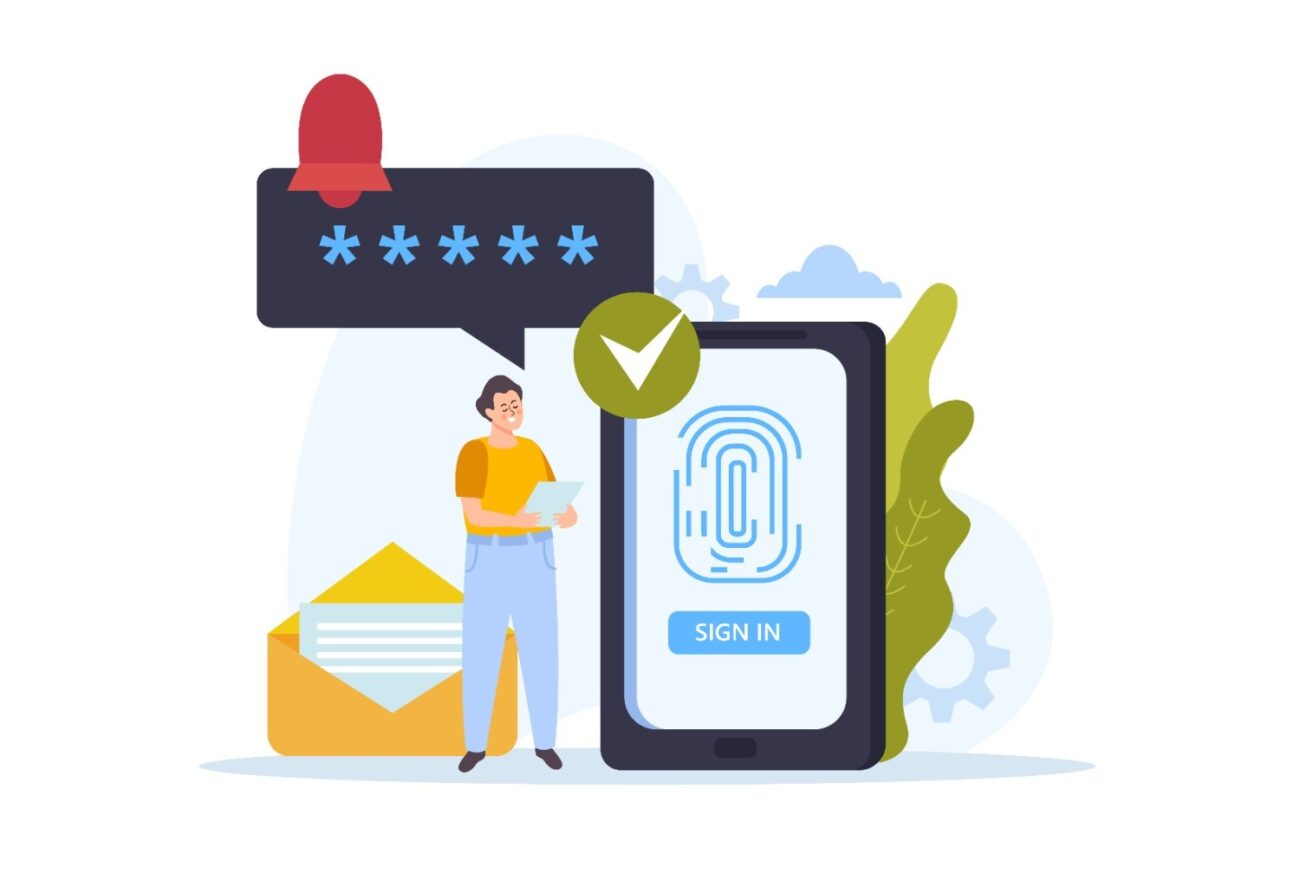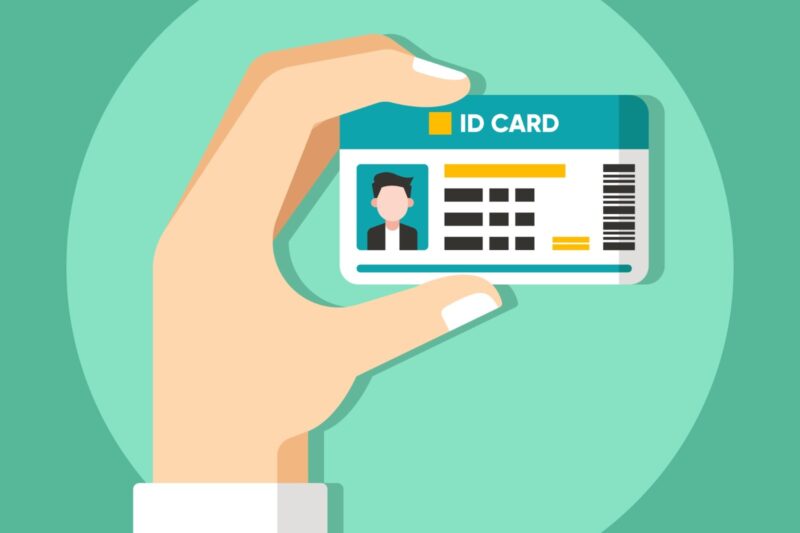In the contemporary digital era, the online domain takes care of everything – from opening a bank account to acquiring a mobile SIM card. However, for one to utilise these services securely, one’s identity has to be validated. This is where the Aadhaar-based eKYC comes into play.
It is fast, simple, and safe. It allows companies to confirm your identity using your Aadhaar details without requiring paperwork or physical presence. Let’s break it down and discuss how it works.
What Is Aadhaar-Based eKYC?
Aadhaar-based eKYC is the short form for Electronic Know Your Customer with your Aadhaar card. It’s a virtual way to verify your identity. KYC stands for Know Your Customer, and it’s a procedure where banks, telecom companies, or any service provider confirm that you actually exist.
Originally, this procedure involved the submission of photocopies of documents and in-person verification. But now, the credit goes to Aadhaar, which is completed online in a matter of minutes.
Your Aadhaar number is associated with your biometric data and demographic information (like name, address, and date of birth). The UIDAI (Unique Identification Authority of India) uses this data to verify your details instantly.
Why Is eKYC Important?
The eKYC system helps the customers and the companies in a great way. It shortens the time required, lowers the volume of documents and also helps in the detection of fraud.
Here are some clear-cut reasons that make it significant,
- Fast process – The verification is done in no time at all.
- No paper documents – The whole process is done electronically.
- Trustworthy and secure – The user’s details are confirmed straight from UIDAI.
- Eliminates the use of false identities – Only genuine users can go through the eKYC process.
- Universal acceptance – It is there with banks, non-banking financial companies, telecom operators, and insurance firms.
In short, Aadhaar-based eKYC makes it easy for people to access financial and digital services safely..
How Does Aadhaar-Based eKYC Work?
The procedure is straightforward and fast. There are two primary ways in which eKYC can be done, online and offline. Let’s explore both.
1. Online Aadhaar-Based eKYC (via OTP or Biometrics)
In this method, your identity is checked with UIDAI over the internet in real-time. Here’s the step-by-step process,
Step 1 – Consent
The service provider (bank or mobile operator) seeks your consent to get your Aadhaar data.
Step 2 – Aadhaar Number
You provide your 12-digit Aadhaar number.
Step 3 – Verification
You have two options to prove your identity,
- OTP-Based eKYC – A one-time password (OTP) is sent to your registered mobile number.
- Biometric eKYC – Your fingerprint or iris scan is verified against UIDAI’s database.
Step 4 – Data Sharing
UIDAI shares your verified information securely (name, address, date of birth, and photo) with the service provider.
Step 5 – Instant Verification
Your eKYC is done, and your identity is verified in just a few seconds.
2. Offline Aadhaar-Based eKYC (via XML or QR Code)
In case you are not willing to provide your Aadhaar number on the internet, then an offline method is available too.
Here, the option is to get a secure XML file from the UIDAI website that is password-protected. This file consists of your details in a concealed manner along with your Aadhaar number. Then you can send this file to the organisation that requires your verification. They verify your details without any link to the Aadhaar database, thus your privacy stays protected. This is useful when you want to do eKYC without internet access.
Where Is Aadhaar-Based eKYC Used?
| Service | Purpose of eKYC |
| Banks | To open savings or current accounts |
| NBFCs | For personal or gold loans |
| Mobile Companies | For SIM card activation |
| Mutual Funds | For investment verification |
| Insurance | For issuing or updating policies |
| Fintech Apps | For faster customer onboarding |
Benefits of Aadhaar-Based eKYC
There are a variety of factors that influence the choice of Aadhaar-based eKYC by companies and customers, rather than conventional methods.
Let us go through the reasons for its popularity,
- Super Fast – Days turn into mere seconds for the verification process.
- 100% Paperless – No more ID proofs or filling out lengthy forms.
- Accurate and Reliable – Since UIDAI is the source of data, no fake identities are possible.
- Secure – Only with your permission, your information is made available, and it is also encrypted to provide safety.
- Eco-Friendly – Digital approach means paper consumption is reduced, which is an advantage to the environment.
To sum up, Aadhaar eKYC has made it easier for people to get verified and has also made the process safer and faster.
Is Aadhaar-Based eKYC Safe?
Indeed, it is very secure, but only when going through the authorised channels. UIDAI employs top-notch encryption methods to ensure the security of your data. Your data is only accessible to companies when you give permission.
Still, you need to be cautious too,
- Do not share your Aadhaar OTP with anyone.
- Do not connect through public Wi-Fi while using the eKYC service.
- Use only authenticated apps or official websites for your Aadhaar verification.
By staying alert, you can keep your data safe while enjoying the benefits of digital KYC.
Difference Between Physical KYC and eKYC
| Feature | Physical KYC | Aadhaar-Based eKYC |
| Process | Manual and paper-based | Fully digital |
| Time Taken | 2–3 days or more | A few minutes |
| Documents Needed | Photocopies and signatures | Aadhaar number or XML file |
| Verification | Done by staff | Verified by UIDAI instantly |
| Accuracy | Prone to human error | Highly accurate |
The Future of eKYC in India
India’s economy is changing to a fully digital one. Aadhaar-based eKYC will grow even more important as more services move online.
For fast and safe onboarding, banks, fintech applications, and even government programs will depend on this system. Making life simple is the goal; verification of identity should take seconds instead of days.
Conclusion
Identity verification is now quick, simple, and paperless through Aadhaar-based eKYC. Millions of people depend on it to access financial services from anywhere in India, save time, and cut out fraud.
You can open bank accounts, invest, or apply for loans with just a few clicks by safely using your Aadhaar; you won’t have to wait in a queue.


